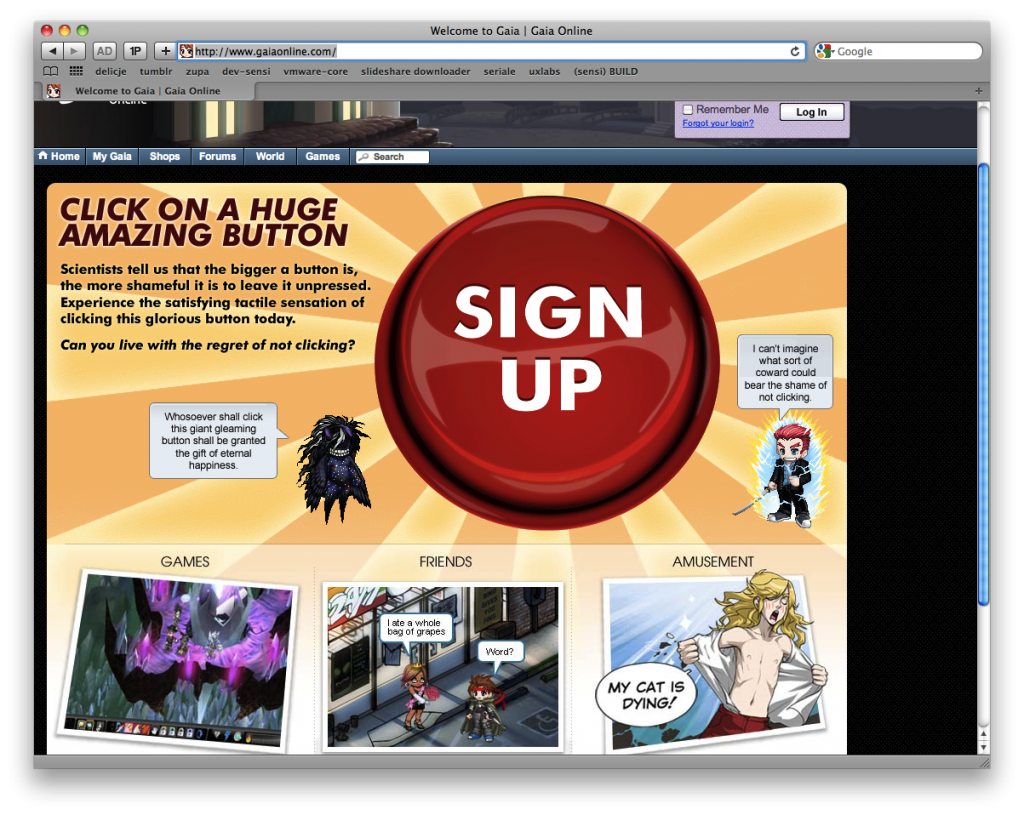W serwsie uxbite, jednym z nielicznych, regularnie aktualizowanych polskich blogów poświęconych użyteczności, tworzonym swoją drogą przez trzy kobiety opublikowany został krótki artykuł “10 przykazań moderatorów testów” wraz z poręczną ściągawką.
W artykule nie znajdziemy żadnych nowych prawd objawionych, ale jednostronnicowa ściągawka, wisząca w miejscu wykonywania badań, może być wygodnym przypomnieniem podstawowych błędów, często mających miejsce w trakcie testów z moderatorem.







Recent Comments